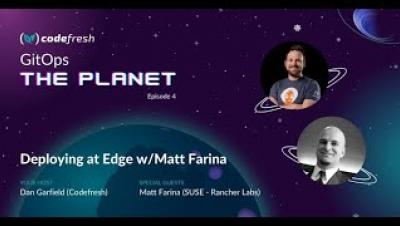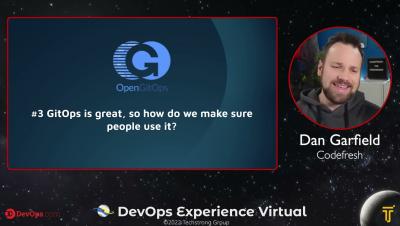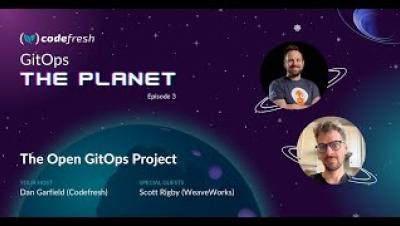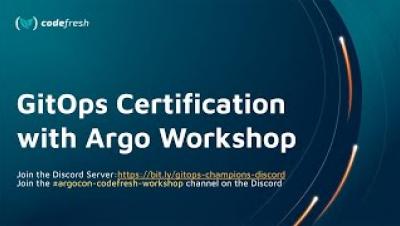Operations | Monitoring | ITSM | DevOps | Cloud
Codefresh
Codefresh 2022 - Year in Review
Code, features, pull requests, code reviews and so much more! 2022 has been a year of dramatic growth and change for Codefresh. Join us for a review of the year! As companies that build software, you rewarded Codefresh with healthy revenue growth throughout 2022 because you’ve told us progressive software delivery remains a critical investment and top priority.
Argo Project Graduates With Unanimous Support
After 33k commits, nearly 200k contributions, 9.6k contributors, and almost 15k pull requests, the Argo Project has officially graduated within the Cloud Native Computing Foundation (CNCF). The Argo Project was first created and open-sourced in 2017 by Applatix who was later acquired by Intuit. Shortly thereafter, BlackRock, Codefresh, and RedHat joined the project as it moved into the CNCF.
Baking Security into your DevOps Supply Chain with Argo CD & OPA - Dan Garfield (DevOps Experience)
What Is Developer Experience?
Recently I started hearing more and more about developer experience, which to me was a bit new-ish, so seriously what is developer experience? Another buzz word? A real thing? It’s been a while since I actually developed code … yes yes … you can laugh … a sales person that used to be a developer 😃, and A LOT changed since then. The number of tools a developer should work with on a daily basis is just crazy.
GitOps The Planet (E3) | The Open GitOps Project
Celebrating Over 13,000 Students And Thousands Achieving GitOps Certification with Argo
Earlier this year, when Codefresh announced the first course in our GitOps for Argo certification program – GitOps Fundamentals – we had high hopes that the course would satisfy the community’s pent-up demand for practical GitOps knowledge. To meet this demand, we designed a course that features lab environments to dramatically improve the learning experience. Each student gets a lab environment pre-configured with everything they need to learn GitOps using Argo CD.
Building a Fleet of GKE Clusters with Argo CD with Nick Ebert, Google
How to Install and Upgrade Argo CD
We have already covered several aspects of Argo CD in this blog such as best practices, cluster topologies and even application ordering, but it is always good to get back to basics and talk about installation and more importantly about maintenance. Chances are that one of your first Argo CD installations happened with kubectl as explained in the getting started guide.











